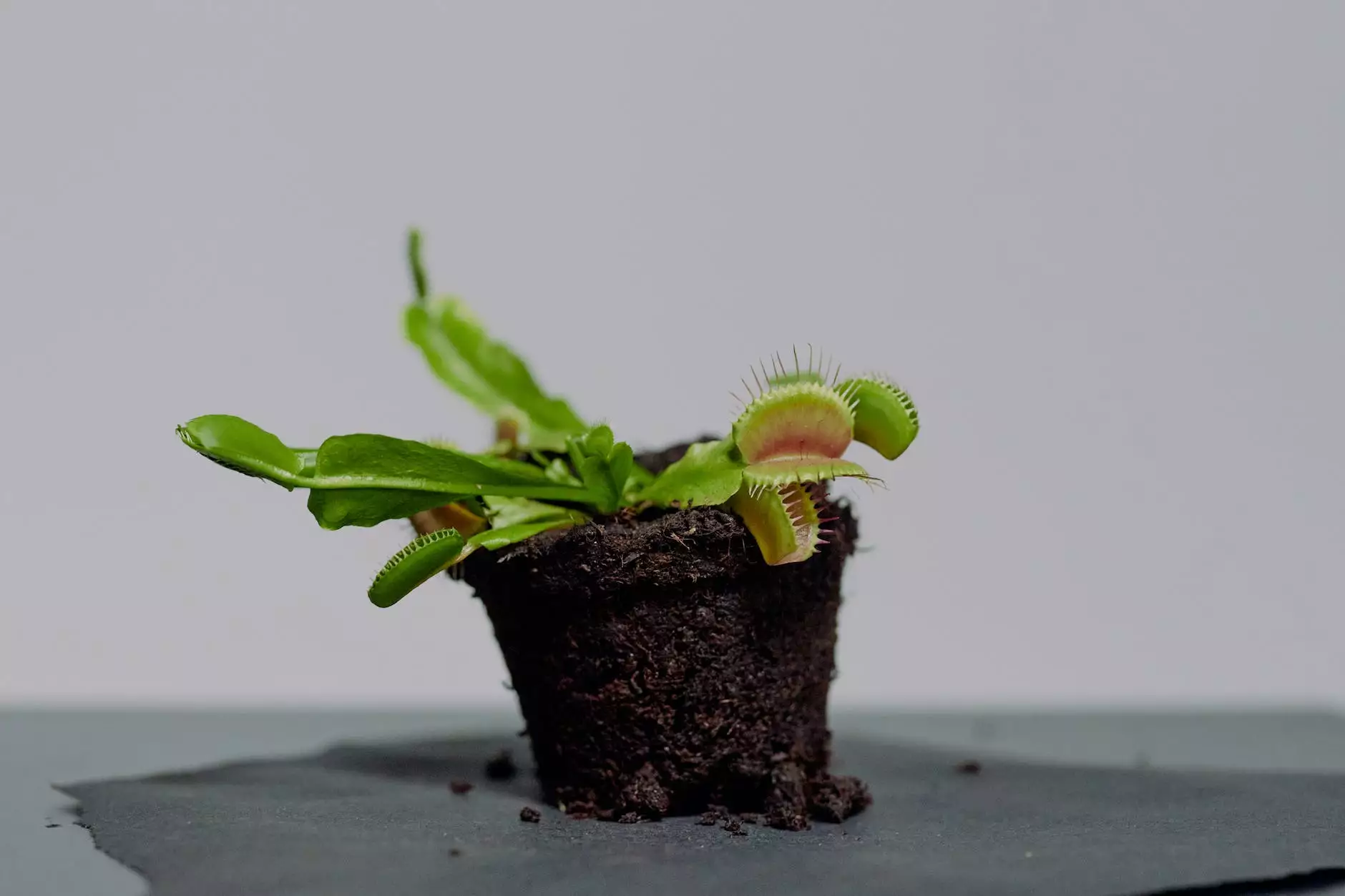Elephant Food - Portulacaria afra

Introduction
Welcome to the world of Elephant Food, a fascinating plant species known scientifically as Portulacaria afra. Cutting Hedge Services is your go-to resource for comprehensive information on this remarkable plant. Our aim is to provide you with valuable insights, care tips, and all the details you need to grow a thriving Elephant Food plant.
About Elephant Food
Elephant Food, also commonly referred to as Elephant Bush or Spekboom, is a succulent plant native to South Africa. Its scientific name, Portulacaria afra, is derived from its resemblance to the unrelated Jade Plant (Crassula ovata). Although it may share some visual similarities, Elephant Food has distinct characteristics that set it apart.
Appearance
Elephant Food is characterized by its small, round, and plump leaves. These leaves can range from bright green to a deeper shade, often with a tinge of red or purple on the edges. The plant is capable of reaching heights of up to 6 feet (1.8 meters) if left untrimmed. It features a woody stem that becomes more prominent as the plant matures.
Cultivation and Care
Growing Elephant Food is a relatively straightforward process, making it an excellent choice for both experienced gardeners and beginners alike. Here are some important points to keep in mind when caring for this unique succulent:
Light Requirements
Elephant Food thrives in bright, indirect light but can tolerate some direct sunlight. Ideally, place your plant near a sunny window or in a well-lit area of your garden.
Watering
Like most succulents, Elephant Food has low water needs. It is important to avoid overwatering, as excessive moisture can lead to root rot. Allow the soil to dry out completely between waterings, and ensure proper drainage to prevent waterlogged soil.
Temperature
Elephant Food prefers moderate temperatures and can tolerate a range of climates. Ideally, keep the plant in an environment with temperatures between 65°F and 85°F (18°C and 29°C). Protect it from extreme cold or frost, as it is not frost-resistant.
Soil and Fertilizer
Well-draining soil is crucial for the successful cultivation of Elephant Food. A sandy or loamy soil mix that allows excess water to escape easily is ideal. Fertilize the plant sparingly during the growing season, using a balanced succulent fertilizer diluted according to the manufacturer's instructions.
Propagation
Elephant Food can be easily propagated through stem cuttings. Simply take a cutting from a healthy stem, let it dry for a few days to callus, and then plant it in well-draining soil. Keep the soil lightly moist until new growth emerges.
Benefits and Uses
Elephant Food offers numerous benefits and is commonly utilized for both ornamental and practical purposes. Some of its notable uses include:
Air Purification
Like many other succulents, Elephant Food is an efficient air purifier. It can help remove toxins, such as formaldehyde, from the surrounding air, contributing to a healthier indoor environment.
Environmental Impact
Due to its ability to store high amounts of carbon, Elephant Food plays a significant role in combating climate change. It has gained attention worldwide for its potential to offset carbon emissions when planted in large quantities.
Culinary Uses
Elephant Food leaves have a citrusy, slightly sour taste and are sometimes incorporated into salads, stir-fries, and even used as a garnish. They possess a nutritional profile rich in vitamins and minerals, making them a valuable addition to various dishes.
In Conclusion
Explore the wonders of Elephant Food and discover why it has become a beloved plant among gardening enthusiasts. At Cutting Hedge Services, we are dedicated to providing you with all the necessary information to ensure you succeed in cultivating and caring for this unique succulent. Embrace the beauty and benefits of Elephant Food (Portulacaria afra) in your own home or garden today.




